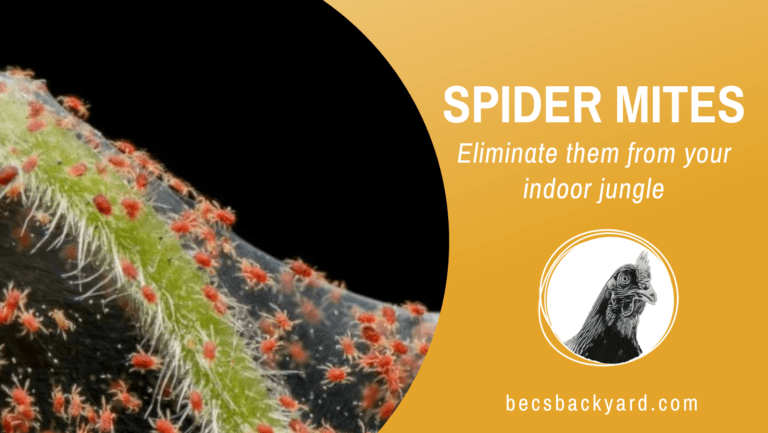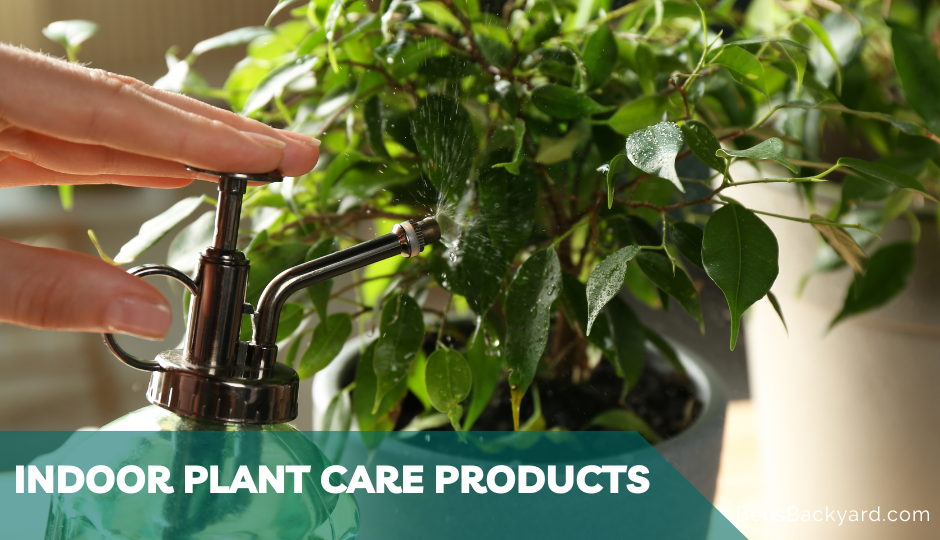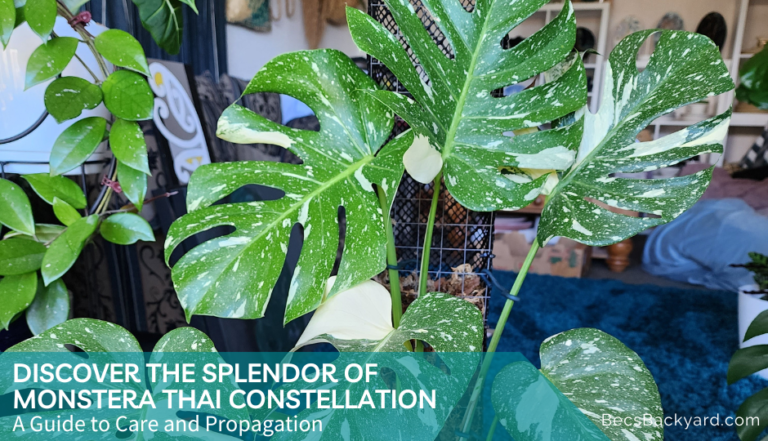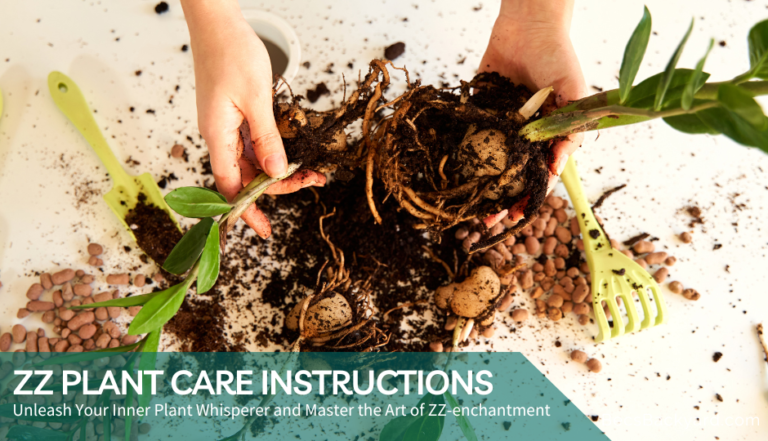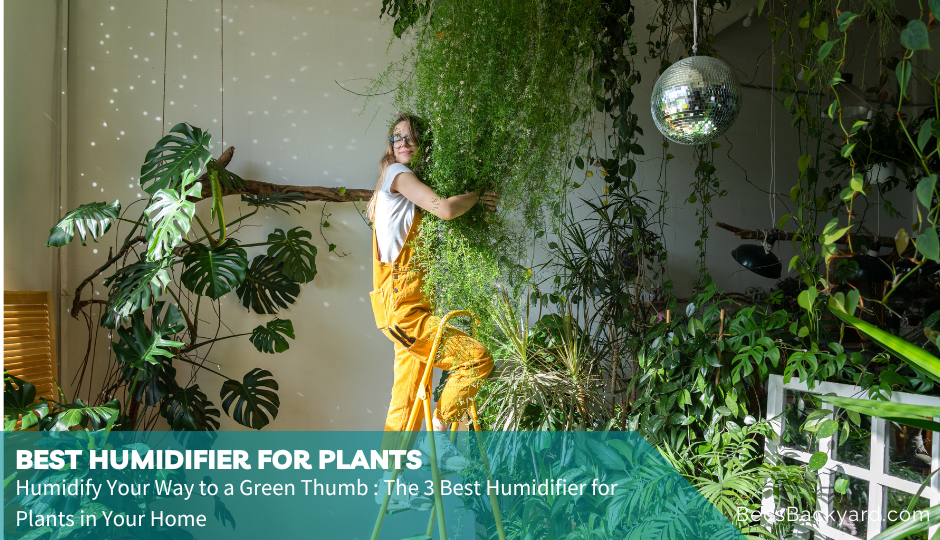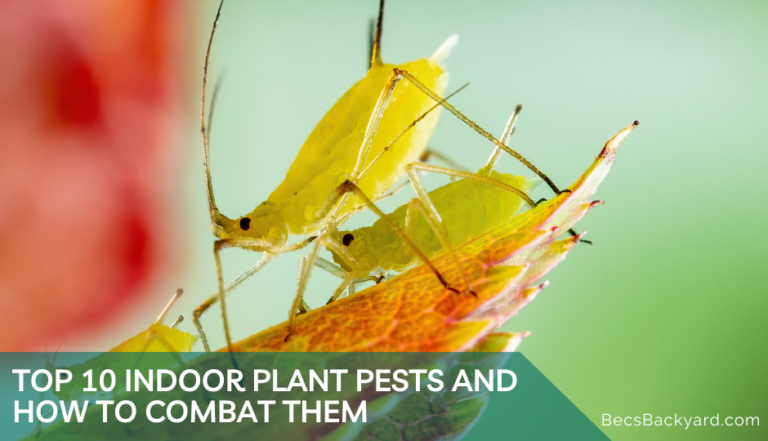Alocasia Frydek : A Comprehensive Guide for Plant Care

Alocasia Frydek, also known as Alocasia micholitziana or Alocasia Green Velvet, is a stunning plant prized for its striking foliage and unique aesthetic appeal. This guide will walk you through the essential aspects of Alocasia Frydek care, ensuring that your plant thrives and remains a beautiful addition to your indoor garden.
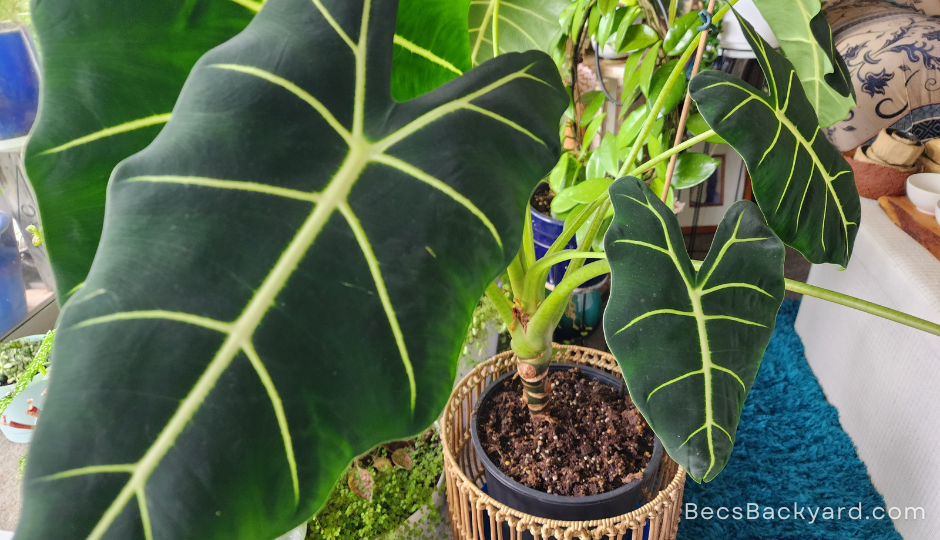
Scientific Name: Alocasia micholitziana ‘Frydek.’
Common Names: Green velvet
Origin: Southeast Asia
Indoor or Outdoor Plant: The plant can be grown in the garden or as a houseplant, though often planted indoors.
Height: 2 – 3ft
Temperature: The plant flourishes in temperatures of 65°F (18°C) to 85°F (29°C). Temperatures below 60°F (16°C) should be avoided as they can initiate dormancy.
Flower Color: The plant rarely produces flowers, but they are cream/white spadix with a green spathe when it does.
Specific Requirements for Alocasia Frydek
Light

Alocasia Frydek plants thrive in bright, indirect light. While they can tolerate some shade, exposing them to too much direct sunlight can scorch their delicate leaves.
Place your Alocasia Frydek in a location with filtered sunlight or in a room with ample natural light.
For a plant that requires a full day of sunlight in the northern hemisphere, it’s generally ideal to place it on the southern side of your house. The southern exposure receives the most sunlight throughout the day, providing your plant with ample light for optimal growth.
Placing your plant on the southern side allows it to capture sunlight from morning to evening as the sun travels across the sky. This ensures a more consistent and prolonged exposure to sunlight, meeting the requirements of plants that thrive in full sun conditions. If you live in the southern hemisphere it is reversed, the plant should be in a northern facing room.
Soil
A well-draining soil mix is crucial. Use a combination of potting soil, perlite, and orchid bark to ensure proper aeration and drainage. This prevents waterlogged soil, which can lead to root rot—a common issue for Alocasia plants.

Water
Alocasia Frydek prefers consistently moist soil but not soggy conditions. Water your plant when the top inch of the soil feels dry. Be sure to allow excess water to drain away, and avoid leaving the plant in standing water, as this can lead to root rot.
A good way to manage the soil moisture is to have them in a pot that allows for good drainage. Keeping them in size appropriate nursery pots in cover pots is a way to do this. At BecsBackyard we have most of our plants in nursery pots that are elevated in cover pots. This allows the water to drain away from the plant roots.
Temperature and Humidity
Alocasia Frydek thrives in warm and humid conditions. Keep the temperature between 65-80°F (18-27°C) and maintain humidity levels above 60%. Consider using a humidifier, placing a tray of water near the plant, or misting the leaves regularly to create a humid environment.
Creating a humid environment for indoor plants can be a challenge. An easy way to achieve this is to group your plants together and provide trays of water in and around them. Misting with either a humidifier or misting bottle also assists with creating an environment that they will enjoy.
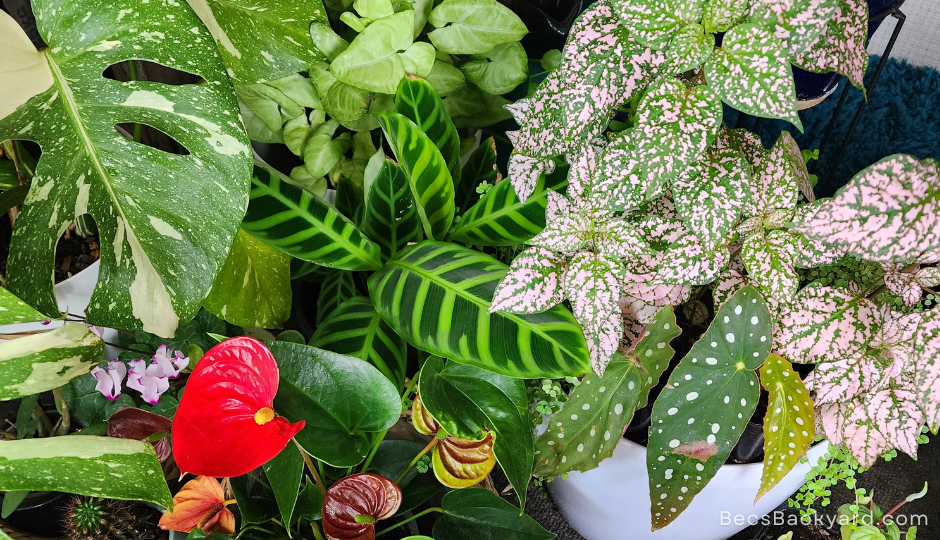
Fertilizers
During the growing season (spring and summer), fertilize your Alocasia Frydek every 4-6 weeks with a balanced liquid fertilizer. Reduce or eliminate fertilization in the fall and winter when the plant enters a period of dormancy. Routine fertilizing, especially when the houseplant is actively growing, can help these plants push out new growth.
Varieties known for exceptionally large leaves can benefit from feedings. A diluted complete liquid fertilizer, a fish/seaweed emulsion, or a slow-release fertilizer are all excellent choices for alocasia. Do not fertilize when the plant is dormant.
Other Types of Alocasia
Alocasia encompasses various stunning species and cultivars. Explore other types of Alocasia to expand your indoor plant collection, each offering its unique charm and care requirements.
Alocasia Polly (Alocasia amazonica)
Commonly known as African Mask Plant or Elephant Ear, Alocasia Polly features dark green, glossy leaves with striking white veins. It’s a compact variety, making it suitable for indoor spaces.
Alocasia Zebrina (Alocasia zebrina)
Recognizable by its long, zebra-like patterns on the stems, Alocasia Zebrina has arrow-shaped leaves that point upward. This plant adds an exotic and tropical touch to any indoor garden.
Alocasia Stingray (Alocasia macrorrhizos ‘Stingray’)
As the name suggests, the leaves of Alocasia Stingray resemble the wings of a stingray. This unique and unusual appearance makes it a popular choice among plant enthusiasts.
Alocasia Regal Shield (Alocasia ‘Regal Shield’)
With large, shield-shaped leaves, Alocasia Regal Shield is an impressive and robust variety. The deep green foliage adds a bold and regal touch to indoor spaces.
Alocasia Dragon Scale (Alocasia baginda)
Alocasia Dragon Scale is known for its velvety, dark green leaves with a textured surface resembling dragon scales. This compact plant is a favorite among collectors for its intriguing appearance.
Propagating
Alocasia frydek can be easily propagated by division or by bulbs. Mature frydeks will sprout multiple stems from separate bulbs, which can be divided and repotted into separate pots. This is best done in the spring when the plant has come out of dormancy.
Similarly, while repotting your Alocasia you may come across small corms in the soil. These corms can be removed and grown into new plants in a separate container. Alternatively, they can be left in the soil and eventually they will sprout on their own.
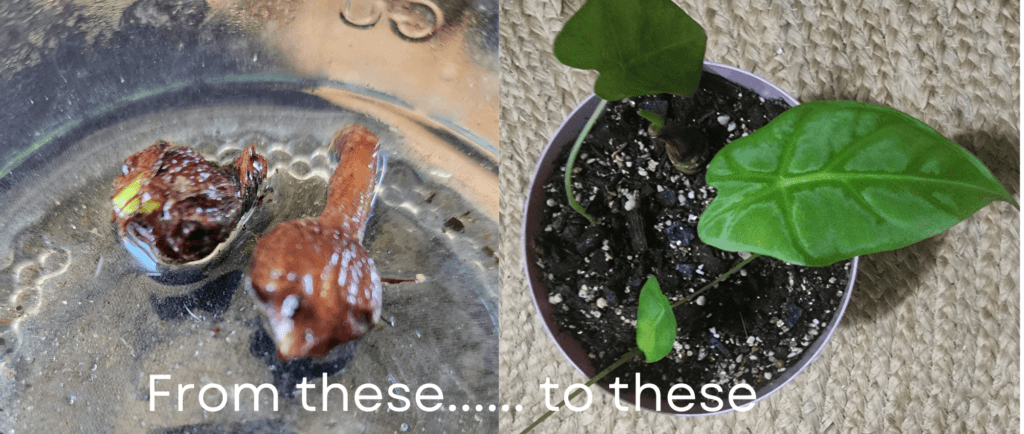
Plant the corms in their own containers – ensuring that the top half of the bulb is sticking out of the soil – and put them in a humid environment until they sprout. Keep the humidity around the corms high by using mini greenhouses or putting plastic bags around the pots. Ensure that the soil stays evenly moist, but not waterlogged.
Potting and Repotting
Repot Alocasia Frydek every 1-2 years or when the plant outgrows its current container. Choose a slightly larger pot with fresh, well-draining soil. Be gentle when handling the plant’s roots to minimize stress. Repotting is a great opportunity to find any lil corms and get new plants started.
Common Issues & Pests
Caring for Green Velvet Alocasia requires attention to potential issues that may arise. Here, we outline common challenges associated with these plants and their underlying causes.
Spider Mites

Spider mites can become a prevalent issue, particularly in dry indoor environments. To mitigate this, it is recommended to regularly mist your plants, as this helps control the spread of spider mites. Although misting with a bottle may not function as a humidifier, it does play a crucial role in preventing the proliferation of spider mites.
Chemical pesticides are not always the best solution for indoor environments, as they may harm beneficial insects or leave residues. Pruning affected plant parts, proper watering, and using water sprays are natural methods for controlling spider mite populations indoors. Introducing beneficial insects like ladybugs and predatory mites can help disrupt the reproductive cycle. Additionally, horticultural oils and botanical insecticides suitable for indoor use can be effective in managing spider mites without harming indoor plants.
Aphids

Aphids can be a persistent challenge for Alocasia Frydek, and addressing their presence is crucial for maintaining the plant’s health.
These tiny, sap-sucking insects are attracted to the lush foliage of Alocasia Frydek, often seeking shelter on the underside of leaves or in the leaf axils.
To combat aphids, a two-pronged approach is effective. Firstly, physically remove them by gently washing the affected leaves with a steady stream of water, which dislodges the pests without harming the plant. Additionally, consider introducing natural predators like ladybugs or predatory insects to the environment, as they can help keep aphid populations in check.
Droopy Leaves
It’s not uncommon for Green Velvet Alocasia to exhibit drooping leaves, especially when transitioning from a greenhouse to a home environment. This adjustment period is natural, and drooping leaves should not cause alarm. Additionally, during the winter, leaves may droop due to reduced light and cooler temperatures.
Yellowing Leaves
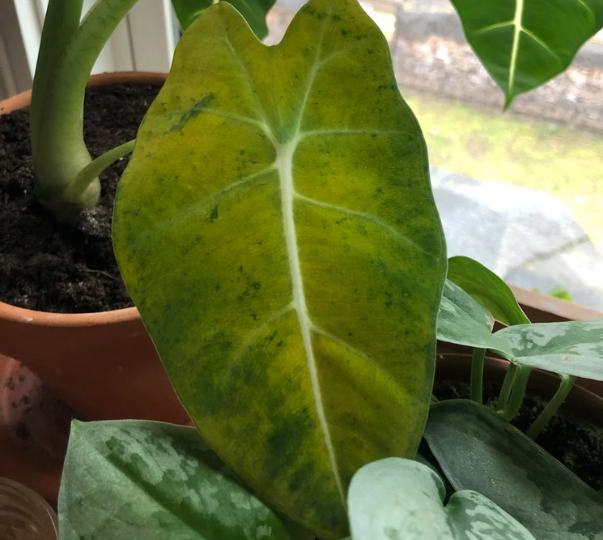
The yellowing of leaves can result from various factors, including overwatering, underwatering, and exposure to cold temperatures. Monitoring and adjusting watering practices, as well as ensuring an appropriate temperature, can help prevent this discoloration.
Once the leaf has turned yellow, it has lost it’s ability to support the plant with nutrient conversion, it is best to remove it from the plant. Chlorophyll is the green pigment located in the chloroplasts that are the site for the process of photosynthesis. The function of chlorophyll is to capture the light energy of the sun and convert water and carbon dioxide to produce glucose and oxygen. Plants use glucose for the growth of different plant parts.
Green Velvet Going Dormant
Stress can induce dormancy in Green Velvet Alocasia. Extended periods of soil moisture or placement in a cold environment can trigger dormancy. If the plant enters a dormant state, there’s no need to worry. Simply prune the yellowed leaves, leaving the plant’s base. With intact roots, the plant can regrow and thrive when provided with proper watering and adequate light.
Keep an eye out for pests such as spider mites and aphids. Regularly inspect the plant, and treat infestations promptly with insecticidal soap or neem oil. Isolating a newly acquired plant for a few weeks can prevent introducing pests to your collection.
Pest Management Routine
Regularly inspecting your Alocasia Frydek for signs of pest infestations and promptly addressing the issue will contribute to the overall well-being of the plant. Furthermore, maintaining a clean and well-ventilated environment around the plant can deter pests and disease, as they are often attracted to stressed or weakened plants.
Frequently Asked Questions about Alocasia Frydek
Can Alocasia Frydek tolerate low light?
Alocasia Frydek prefers bright, indirect light but can tolerate lower light conditions.
How often should I fertilize my Alocasia Frydek?
During the growing season, fertilize every 4-6 weeks with a balanced liquid fertilizer.
What is the ideal humidity level for Alocasia Frydek?
Aim for humidity levels above 60% to mimic the plant’s native tropical environment.
Summary of Alocasia Frydek Care
Alocasia Frydek is a captivating plant that can thrive with the right care. By providing the appropriate light, soil, water, temperature, and humidity conditions, along with regular fertilization, you can enjoy a healthy and vibrant Alocasia Frydek as a centerpiece in your indoor garden. Explore different Alocasia varieties, learn to propagate and repot, and be vigilant against pests to ensure a flourishing plant collection. If you encounter issues, refer to the troubleshooting section and FAQs for guidance. With proper care, your Alocasia Frydek will reward you with its stunning foliage and distinctive beauty.

